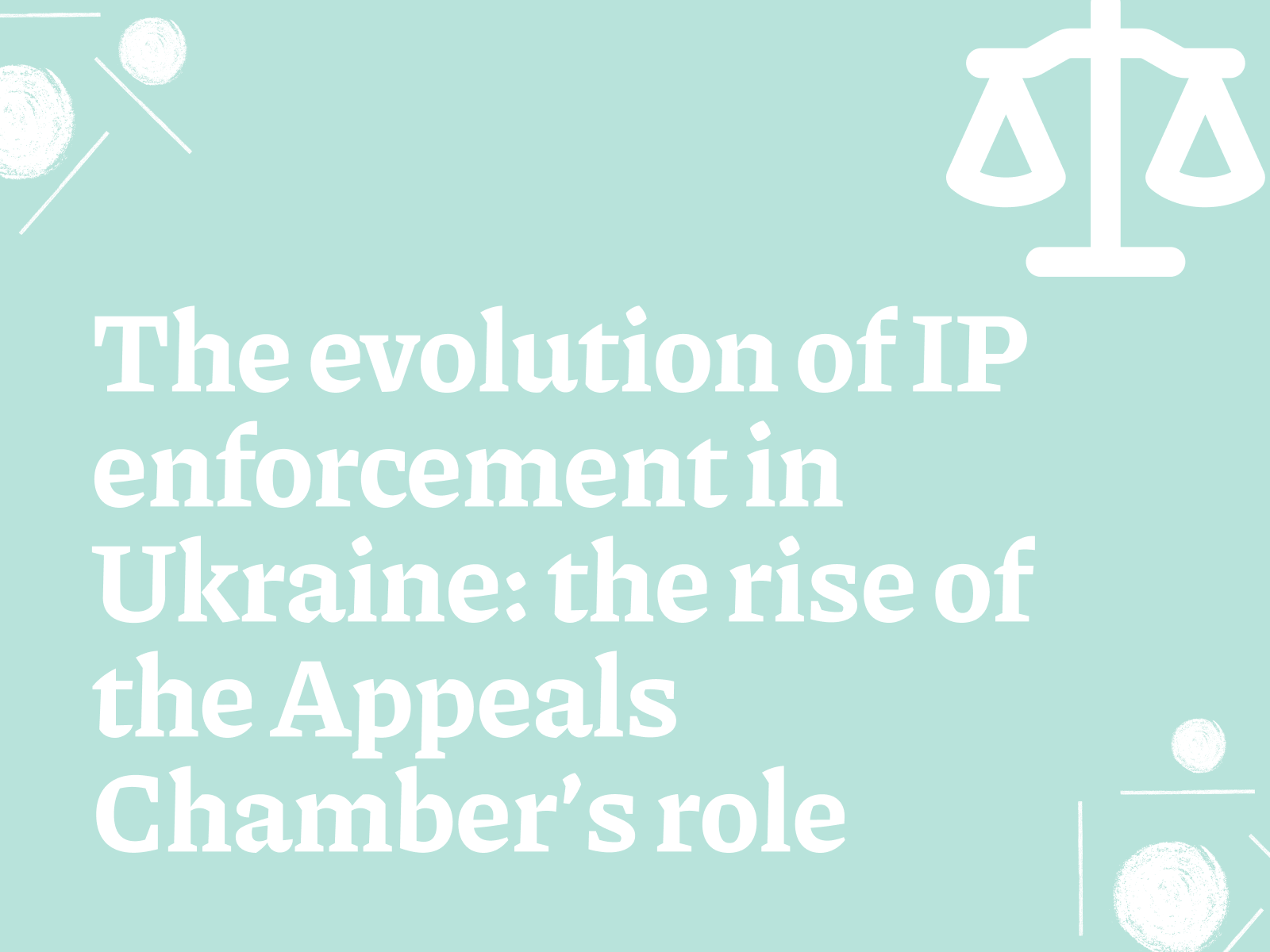Note: This article uses terms such as ‘how to patent a brand’, ‘business name patent’, ‘shop name patent’ and ‘logo patent’, which, while not legally precise, reflect the inquiries and understanding of our customers We understand that the most important thing to our customers is the protection of their intellectual property, even if this is not always expressed in precise terms. We are always ready to help clients in ensuring that their rights and interests are protected, regardless of what terms they use.
In the modern world of business, where competition reaches its peak, patenting a brand through trademark registration is not just a desire, but a necessity for every entrepreneur. Whether a company name patent or a store name patent, legal protection of the uniqueness of your trade name provides a reliable barrier against unfair competition.
Obtaining a patent for a name means securing the right to use and protect the brand at the legal level through trademark registration. This not only confirms your uniqueness in the market but also provides legal leverage to protect your interests.
In our article, we will consider how to issue a trademark registration certificate, what TM registration services exist and why it is important to seek urgent legal advice from professionals in order to patent a brand effectively and without unnecessary expenditure of time and resources.
Business and store name patent: the first step to protecting your business
In the process of creating and developing a business, special attention should be paid to the protection of its intellectual property. A patent for a company name or a patent for a logo is key elements that provide legal protection for your brand against unauthorized use by third parties. As there is no patenting of the company name or logo, this is what people call trademark registration, but for the convenience of your perception, in the text, we will continue to call it as it is convenient for you.
The process of obtaining a patent begins with a thorough verification of the uniqueness of the trademark. This is necessary in order to make sure that there are no similar or identical registered brands that could interfere with registration. After confirmation of the uniqueness of the name, an application is submitted to the relevant state body, which is engaged in the registration of intellectual property. In the application, it is necessary to describe the trademark accurately and in detail, to indicate the classes of goods and services under which it will be used.
After successful brand registration, a trademark registration certificate is issued. This document is an irrefutable confirmation of your exclusive trademark rights and allows you to effectively protect these rights in the event of infringement. The certificate gives you the opportunity to go to court to protect your interests and to use the mark for commercial purposes, including marketing and promoting your goods and services under the protected brand.
The value of patenting a brand cannot be overestimated. It is the main aspect of any business’s intellectual property protection strategy. Obtaining a patent for a name means securing legal protection and confidence in the future.
It is important to remember that the registration process requires care and a professional approach, so it is recommended to seek urgent legal advice and use quality legal services to guarantee a successful outcome.
TM registration service: your way to brand protection
In today’s business space, brand protection through a TM registration service is a critical step for any company seeking to ensure the uniqueness and protection of its brand. Professionals at Polikarpov Law Firm offer a comprehensive approach to trademark registration, starting from preliminary search and analysis, to filing an application and supporting the process until obtaining a certificate. Choosing an experienced partner to register a patent for a name will avoid many potential problems and speed up the process of registering the rights to your brand.
Issuance of a valid patent begins with a careful analysis and selection of classes of the International Classification of Goods and Services for which the trademark will be registered. This stage is critically important, as the correct choice of classes determines the scope of legal protection for your brand. This is followed by the submission of an application to the relevant registration authority, which includes all the necessary documents and evidence of the uniqueness of your brand. After passing all stages of verification and approval of the application, your business will be issued a certificate of trademark registration, which becomes a key document confirming your rights to the brand.
The trademark registration process can be complex and multi-step, especially when it comes to international registration. In this context, seeking urgent legal advice and using quality legal services from professionals not only ensures safety and confidence in the process, but also significantly increases the chances of successfully completing the registration without additional time and financial costs.
Professional lawyers will help you draw up all the necessary documents correctly, as well as provide support in case of disputes or claims against third parties.
Why it is important to turn to professionals
In a world where business and innovation are developing at an incredible speed, urgent legal advice becomes an integral part of successful brand patenting. Contacting experienced lawyers allows you not only to get answers to current questions but also to develop an intellectual property protection strategy adapted to the specific needs of your business. Professional advice at an early stage can prevent many potential problems related to trademark infringement and conflicts with competitors.
Choosing high-quality legal services plays a crucial role in the brand patenting process. Polikarpov Law Firm’s qualified intellectual property lawyers have the in-depth knowledge and experience needed to successfully handle trademark registration cases. They can help you avoid common mistakes, guide you through the application process, and represent you in legal disputes. Investing in professional services from the start ensures that your brand is protected to the highest level.
Decision patent the brand is a strategic move aimed at ensuring the long-term success of your business. Trademark registration not only protects your intellectual property but also strengthens the company’s position on the market, and increases its value and trust on the part of consumers and partners. Professional support in this process is not just desirable, it is necessary to ensure comprehensive protection and minimize risks related to intellectual property.
Seeking urgent legal advice and choosing quality legal services are key factors in successful brand patenting. Expert support not only simplifies the trademark registration process but also ensures reliable protection of your business from potential threats and competitors. Investing in professional help is an investment in the future of your company, which allows you to ensure its stable development and stability in the market. Patenting a brand means laying the foundation for the long-term success and prosperity of your business.
Conclusions
In today’s market, where competition is at its peak, proper patenting and brand protection are becoming key success factors for any business. Obtaining a patent for the name of a store or company is not just a legal formality, but a strategically important step that ensures the uniqueness and protection of your trademark. This allows you to avoid many risks associated with possible infringement of intellectual property and competition in the market.
In the process of registering a patent for a name, it is important not only to strictly follow all the requirements and procedures but also to understand the significance of each step for the future of your brand. From choosing classes of the International Classification to submitting an application and obtaining a trademark registration certificate – every step requires attention and professionalism.
Applying for urgent legal advice and using quality legal services greatly simplify this process, minimizing risks and speeding up the receipt of the necessary documents. Professional help in patenting a brand not only saves you time and resources but also ensures that your rights will be reliably protected at all stages of business growth and development.
Patenting a brand means taking an important step towards the stability and development of your business, emphasizing its uniqueness and protecting it from potential threats in the future. Investing in intellectual property protection is an investment in the future, ensuring both the legal and commercial stability of your company.
Thus, patenting a brand is not just a legal necessity, but a strategic decision that contributes to the growth, development and long-term success of your business.
What is the process of patenting a brand?
Brand registration (not patenting) is a broad concept and can encompass the registration of several intellectual property rights. However, brand registration is most often understood as registration of a trade mark;
Under trade mark registration, you will be able to protect your brand name, logos, slogans, etc.
First of all, you should choose your brand name/logo so that it complies with the basic requirements of trade mark registration legislation.
Once you have chosen a name/logo, you need to ensure that there are no very similar or identical trade marks registered or applied for registration for your line of business;
For this purpose, it is necessary to search for such a trade mark in the databases of applied for registration and registered trade marks.
If an identical brand name is discovered, it’s worth considering a complete change to your branding.
If the search results show no similar/identical trade marks, you can file your trade mark for registration;
To submit a trade mark for registration, it is necessary to form an appropriate application and a list of documents. The application for registration may be submitted electronically or in paper form.
Once your application has been submitted, the registration authority begins its examination. The application goes through several main stages: checking the application for compliance with the formalities and checking the trade mark for compliance with the conditions for granting legal protection.
If your application successfully passes these stages, the registration authority decides to register the trade mark. The registration authority issues a certificate of registration, which is valid for 10 years with the possibility to renew it for the next 10 years an unlimited number of times.
What documents and materials are required to apply for a brand patent?
To file a trade mark for registration, first of all, you need to provide:
- Applicant Information:
If the future owner is an individual:
Surname, first name, patronymic of the future owner of the trade mark and address of registration of such person (or address in accordance with the certificate of internally displaced person or location of FLP).
If you operate as an FLP, you must register the trade mark as a natural person, because FLP is only your economic status. If you register a trade mark as a natural person, you can safely use it as an FLP.
If the future owner is a legal entity:
Full name, identification code (USREOU code), registered location.
- An image of your brand name in good quality.
- A list of classes of goods or services for which you wish to register your trade mark.
- You can also add a description of your trade mark when submitting. Such a description is not mandatory. However, if, for example, there is a verbal element in your trade mark that is difficult to read or your trade mark has a certain meaning, you can explain this in the description. In the description, you can simply state what elements or colour schemes your trademark consists of.
- If you have proof of priority (participation in an exhibition or pre-application), such documents should also be submitted to the registration authority.
All the information described above shall be indicated on the application form to be submitted to the registration authority.
- If the application is submitted by a representative, it is necessary to enclose a power of attorney for representation and indicate the representative’s data in the application.
- Within two months from the date of filing it is necessary to send payment of the state fee for filing the trade mark for registration and attach the relevant receipt to the application materials.
How long does the process of patenting a brand take?
Registration of a trade mark takes on average 20-22 months from the moment of filing an application for registration to the moment of obtaining a certificate of registration. These terms are uniform for all applicants in Ukraine, which cannot be accelerated.
There was an expedited registration process until 2022, but it is not available now;
In addition, the timeframes for registering a trade mark in other countries may differ. They can be both faster and longer. This depends on the peculiarities of the national registration procedure in each foreign country.
What legal requirements must a brand meet in order to be patented?
A trade mark must comply with the basic requirements of the legislation on trade mark registration.
In particular, your trade mark should not be descriptive, that is, it should not directly refer to the goods or services that will be labelled. For example, if you produce honey, your trade mark should not be called “Honey”, as this directly refers to your product.
In addition, your trade mark should be different from other names and logos for your type of business. When creating your brand name, you should not use common words such as mega, one, super and the like. Also, do not use words that are often used in your field, because many businesses will also have the corresponding names in their branding, so the consumer will not be able to distinguish your product or service from the offerings of your competitors.
If you have come across a similar or even identical name in public sources, and such a business is engaged in identical activities to yours, it is worth choosing a different name.
In addition, your trade mark must not mislead consumers about the manufacturer of your products or certain characteristics of your goods or services. That is, if your trade name is very similar to the names of other businesses in your field, consumers may confuse you with your competitors and mistakenly believe that your product or service is provided by someone else. In addition, you should not use adjectives in your name that indicate certain properties of the product or service if such properties are not true. For example, you should avoid using the words “eco” or “environmental” unless you can provide evidence that your product is environmentally friendly.
Special attention should be paid to the use of the word “Ukraine” or the state code “UA” in your trade mark. As such a trade mark will be extremely difficult to register: firstly, it will be necessary to prove the necessity of using such words and obtain permission from the relevant commission; secondly, it will be necessary to pay an additional state fee for the use of such a word.
In addition, to successfully register a trade mark, you need to make sure that there are no very similar or identical trade marks registered or applied for registration for your line of business.
What should I do if my brand is rejected during patenting?
If the registration authority has made a decision to refuse to register your trade mark after reviewing your application, your brand has not received registration. In such a case, the state application fee will not be refunded to you.
There are several possible courses of action in the event of a registration refusal:
- If you are convinced that your trade mark meets all the legal requirements and should receive registration, you can appeal the examiner’s decision to the Appeal Chamber of the Registration Authority;
The Appeals Chamber will consider your arguments and decide whether to register or not.
Further appeals are only possible through the courts.
- You may consider changing your branding and name to try to register your trade mark again. In this option, you will need to start the registration procedure from the beginning.
- If the previous options do not suit you, you can use your brand without registration. However, the following problems may arise in connection with this:
Firstly, you will not be able to effectively counteract others who will copy your brand. The only possible option to deal with such cases is to use unfair competition law.
Secondly, you could potentially infringe the rights of others who have a similar or identical registered brand. In such a case, these persons may prohibit you from using your branding and you may have to change it;






